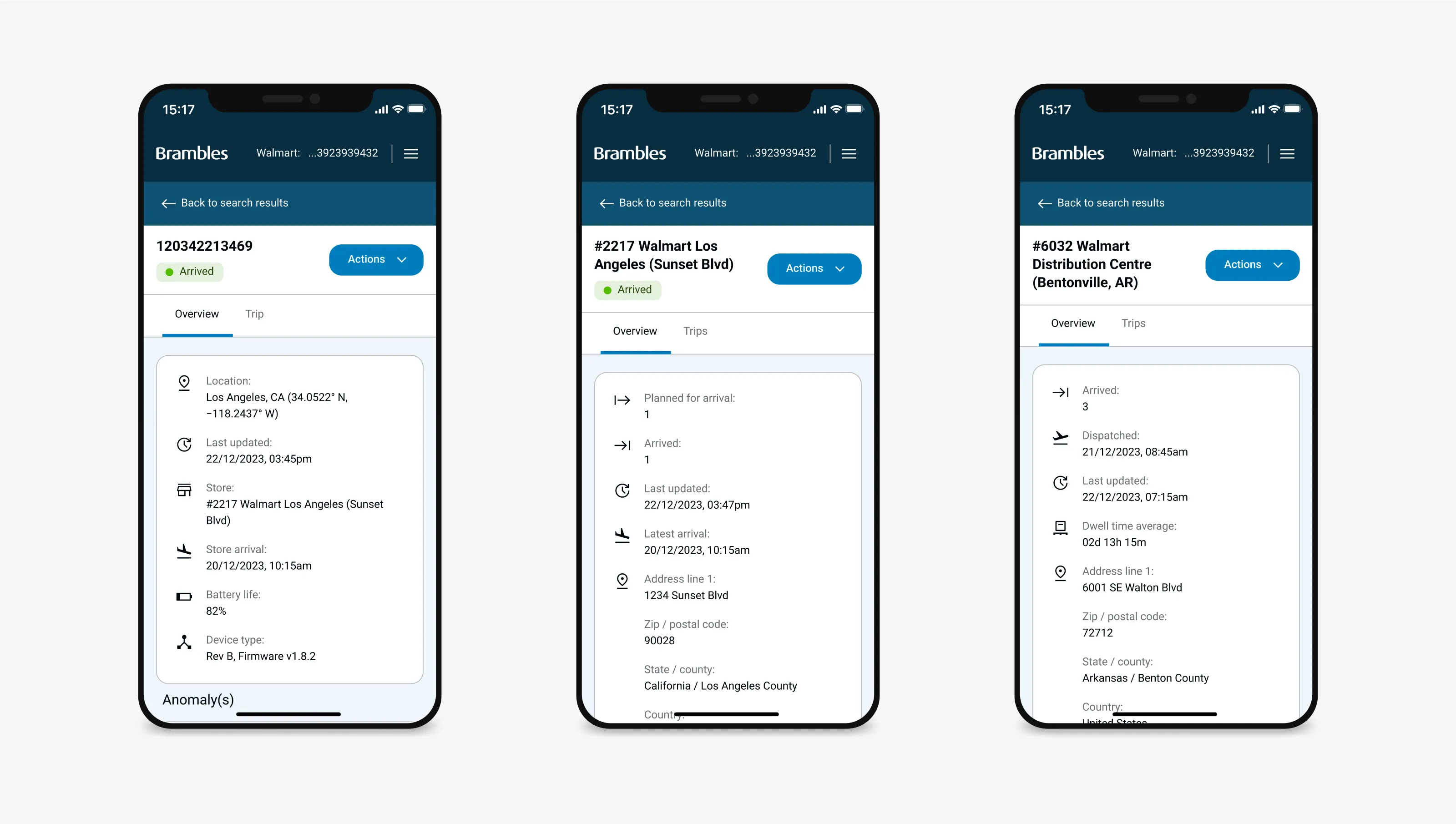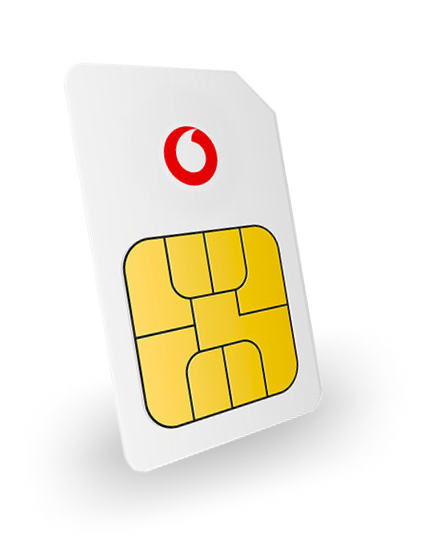Actionable over raw data
Present asset state as alerts and insights with drill-downs, not raw sensor feeds. Because customers care about exceptions and actions, not dashboards full of noise.
Atomic design system
Define tokens, components, and templates covering typography, colours, layout, data-viz elements, and states. This ensured consistency across portal and future tools; reducing design/engineering divergence.
Audit and migration plan
Document discrepancies between existing libraries and production code, and define a phased migration. This avoided costly parallel systems and brung engineering back into alignment.
Mentoring in-house capability
Mentor a product designer, run critiques, and share feedback rituals. This grew Brambles’ internal design maturity and reduced reliance on external consultants.
Cross-role alignment
Facilitate workshops with product owners, ops, and research to define requirements and prioritise. This ensured the portal balanced business imperatives with customer usability.


